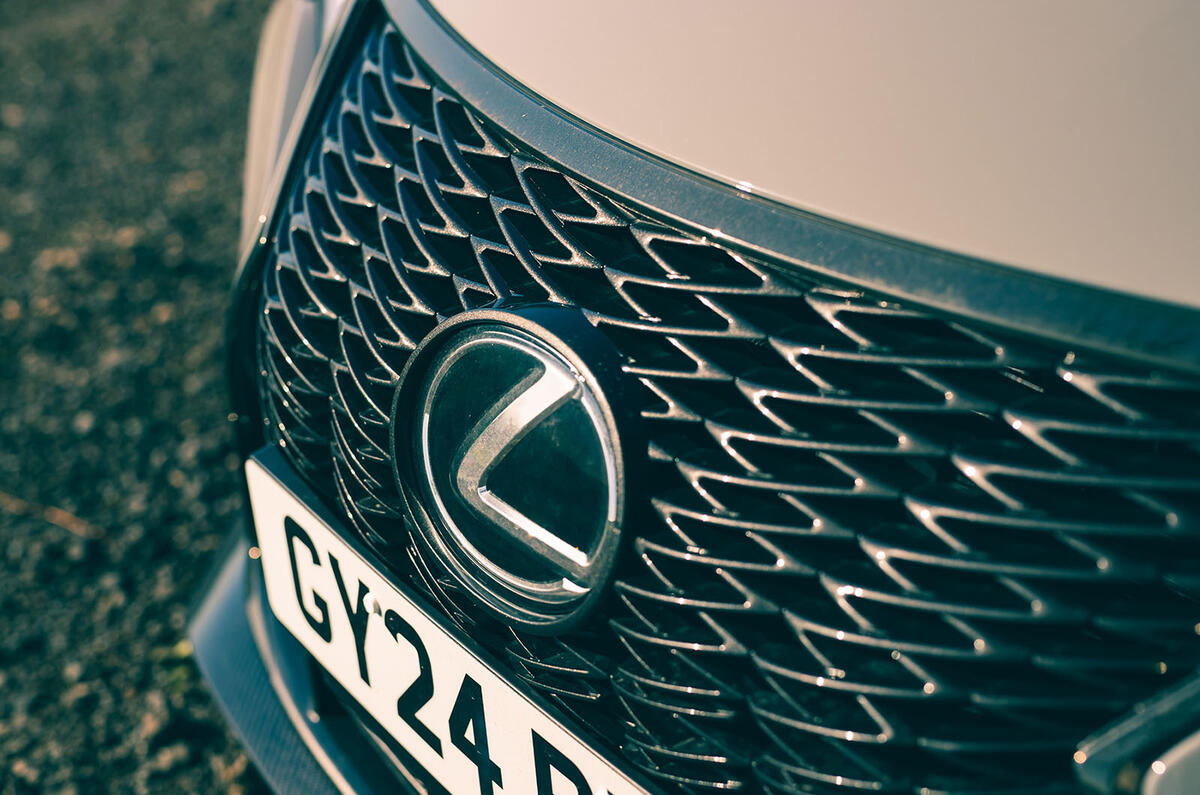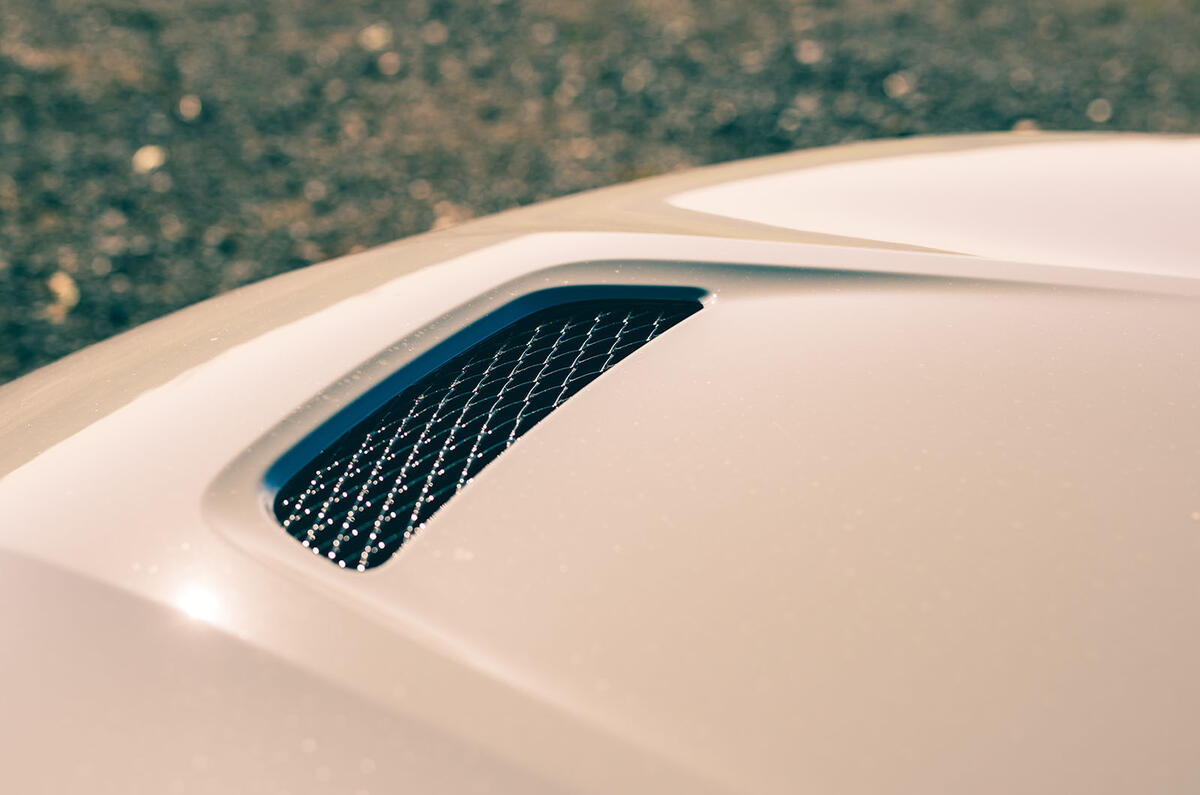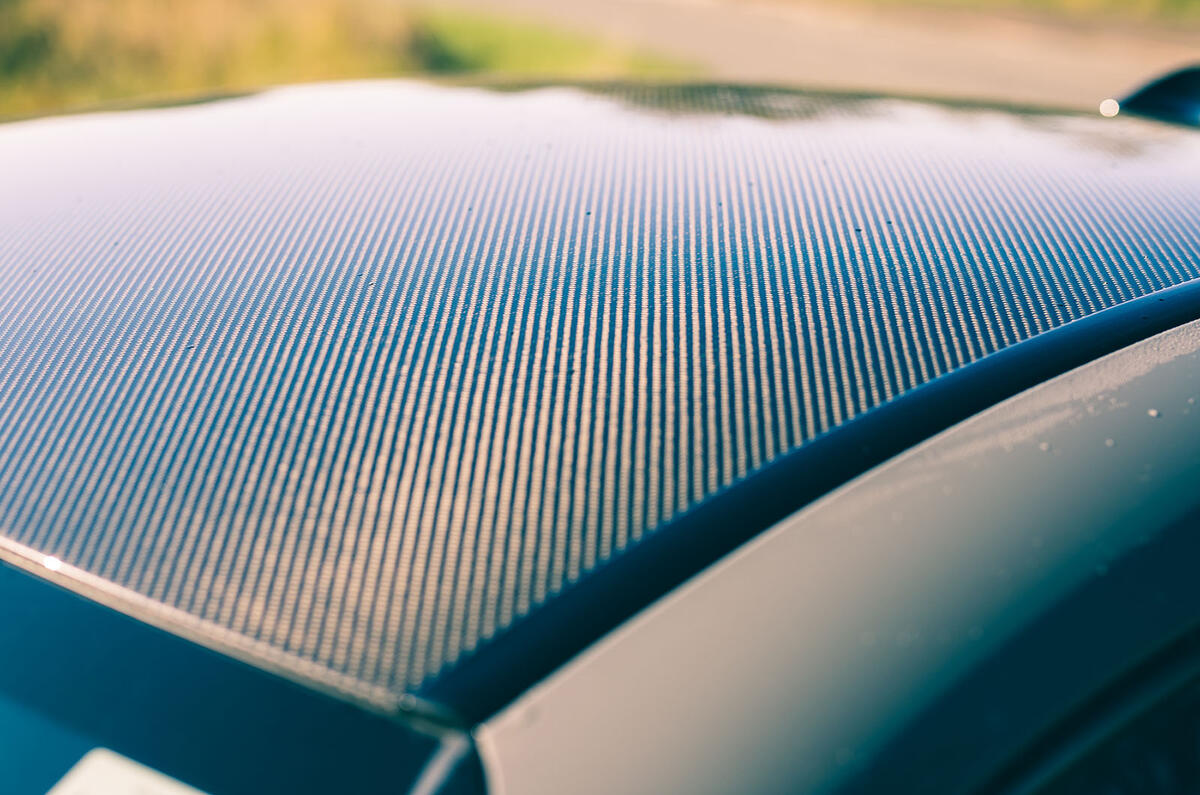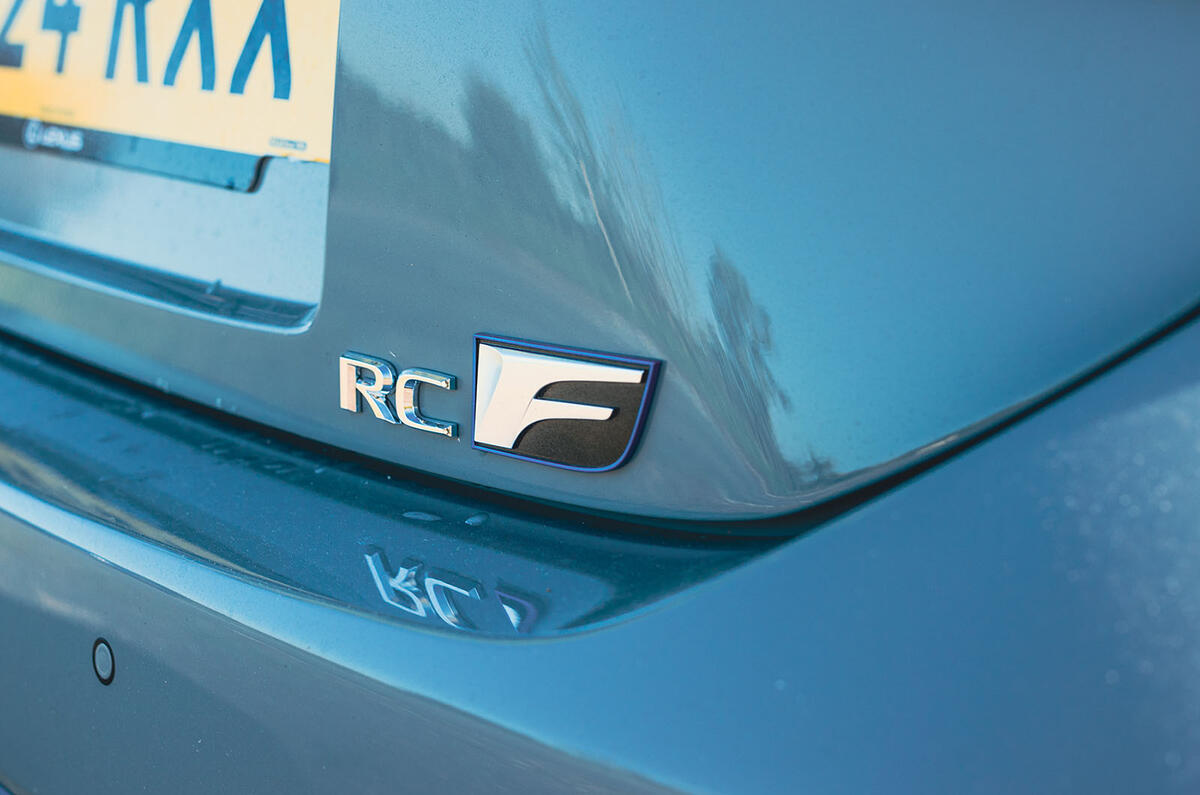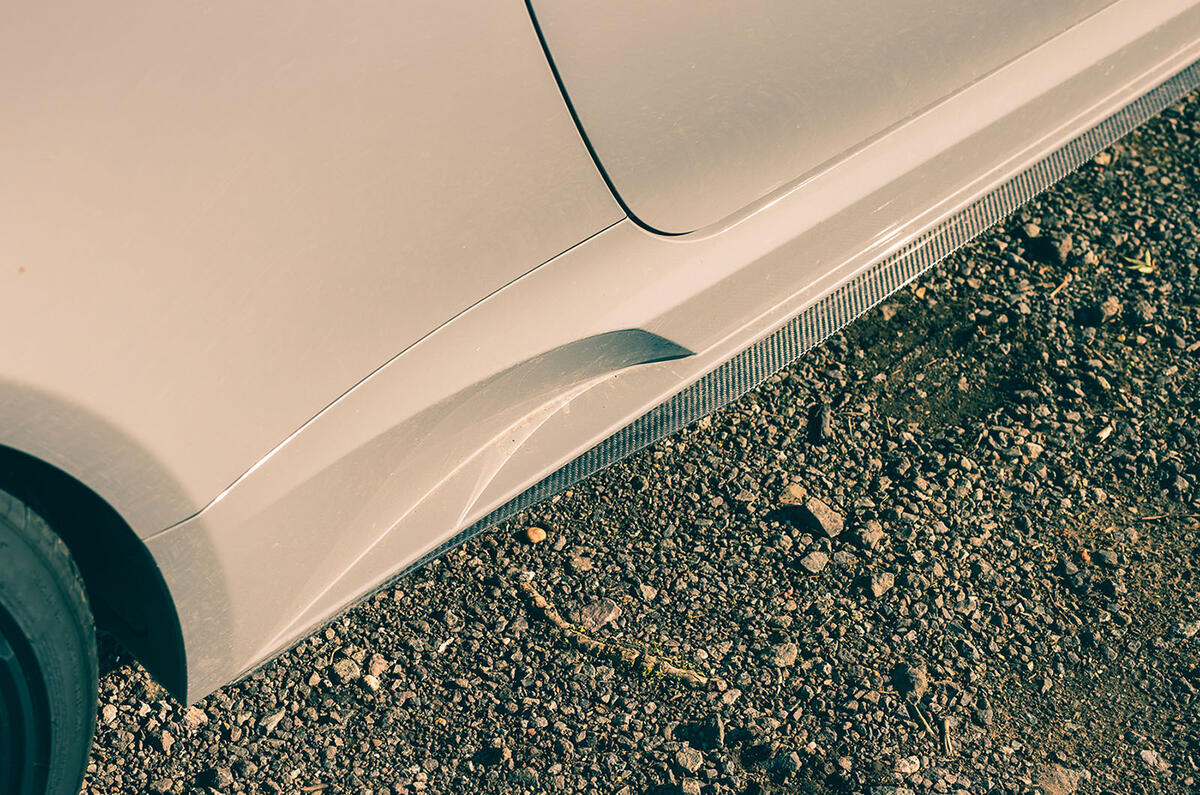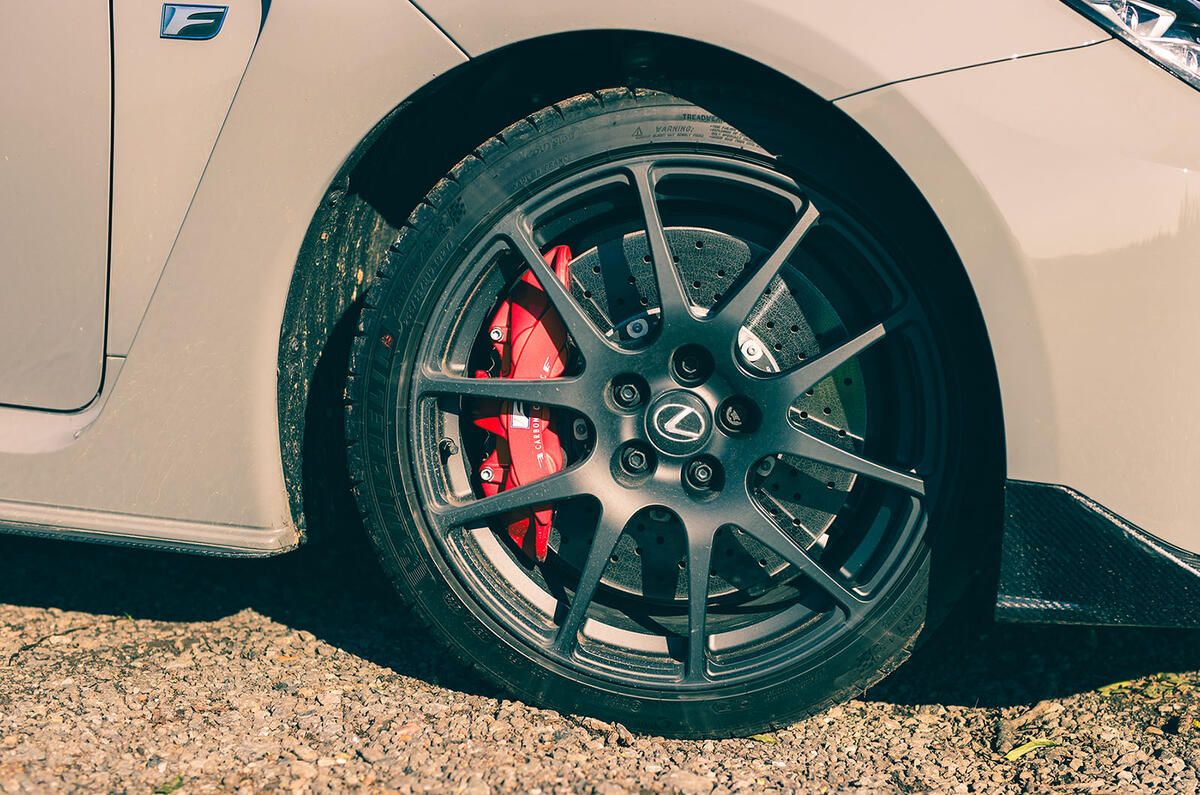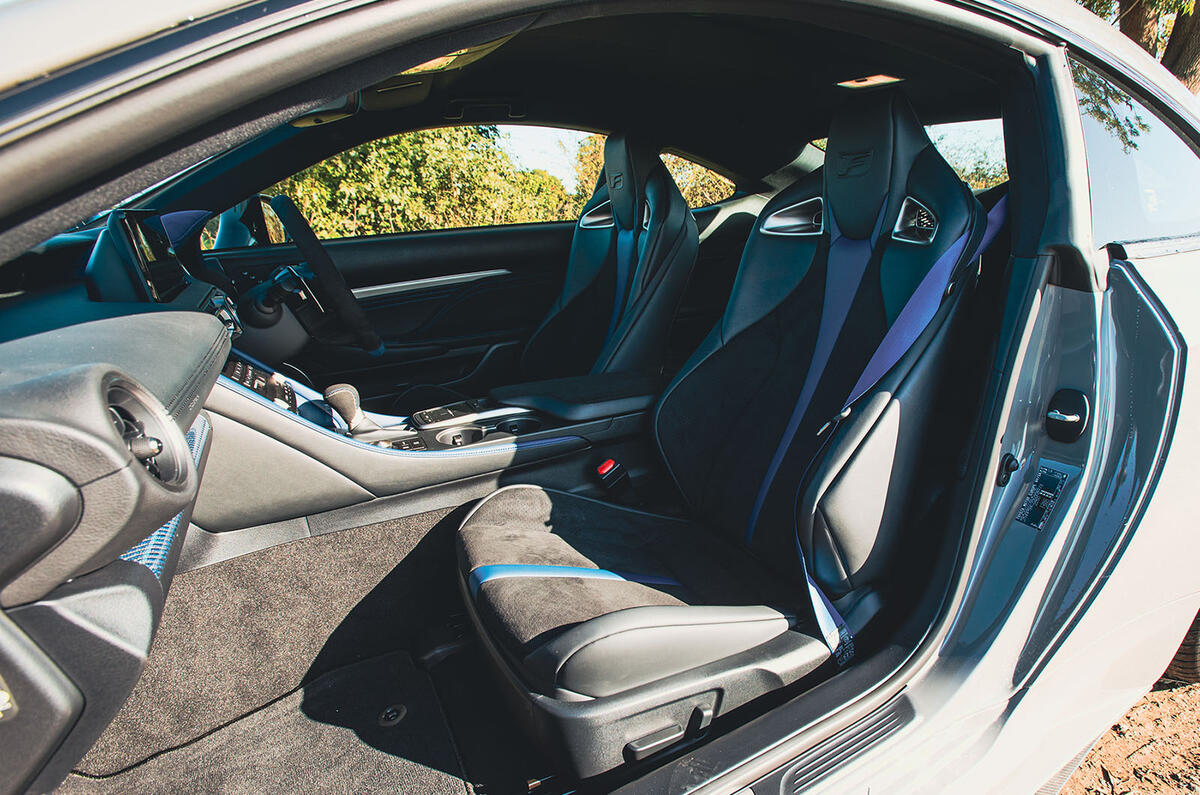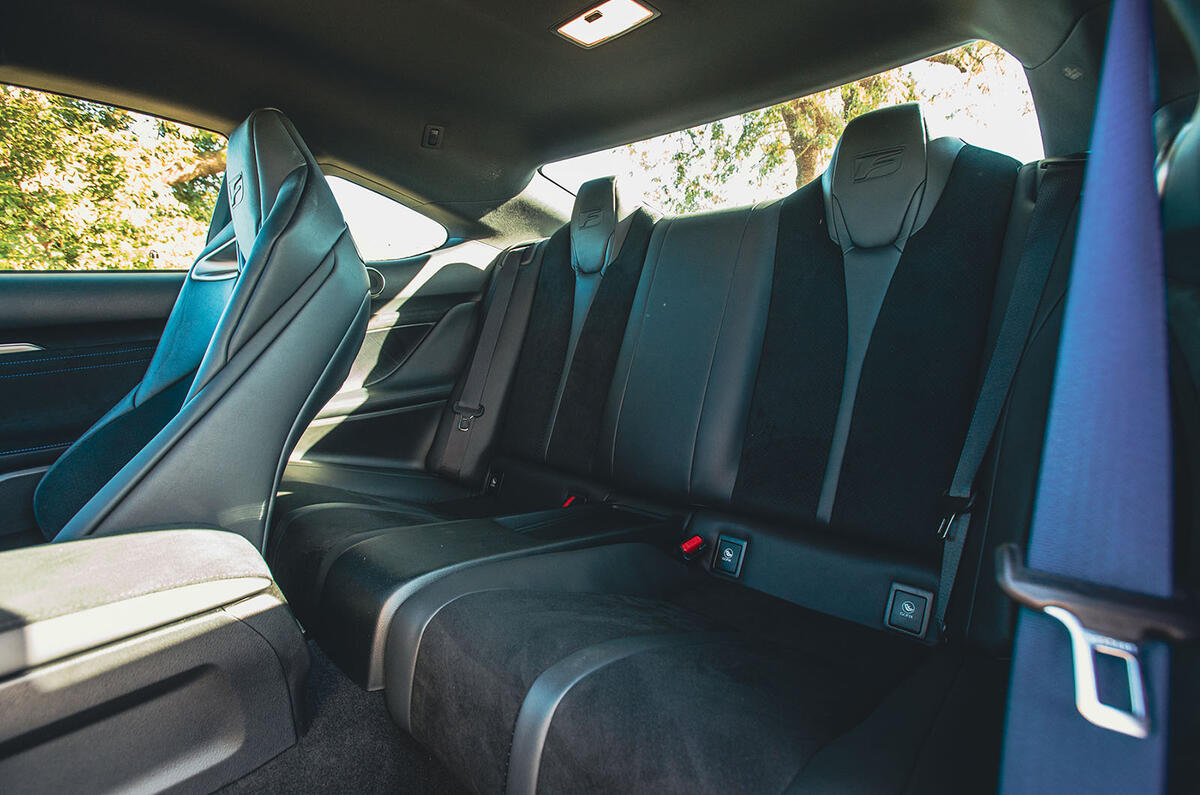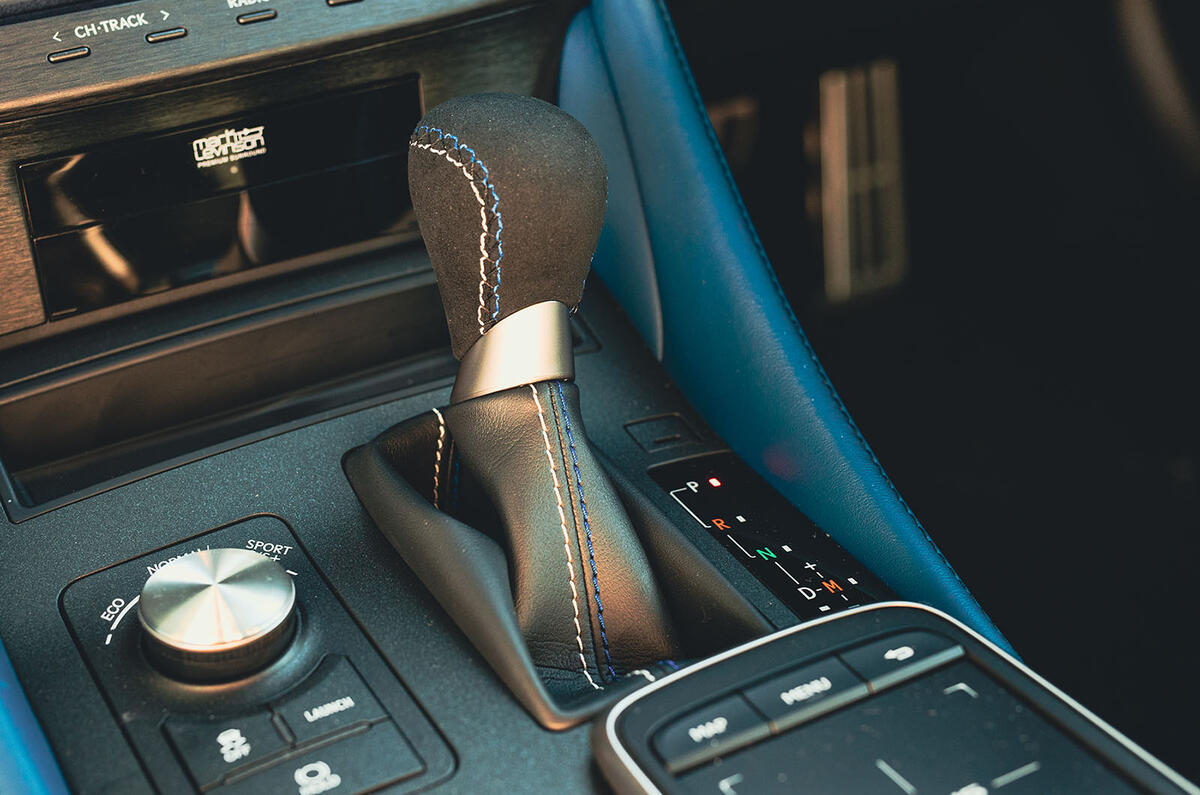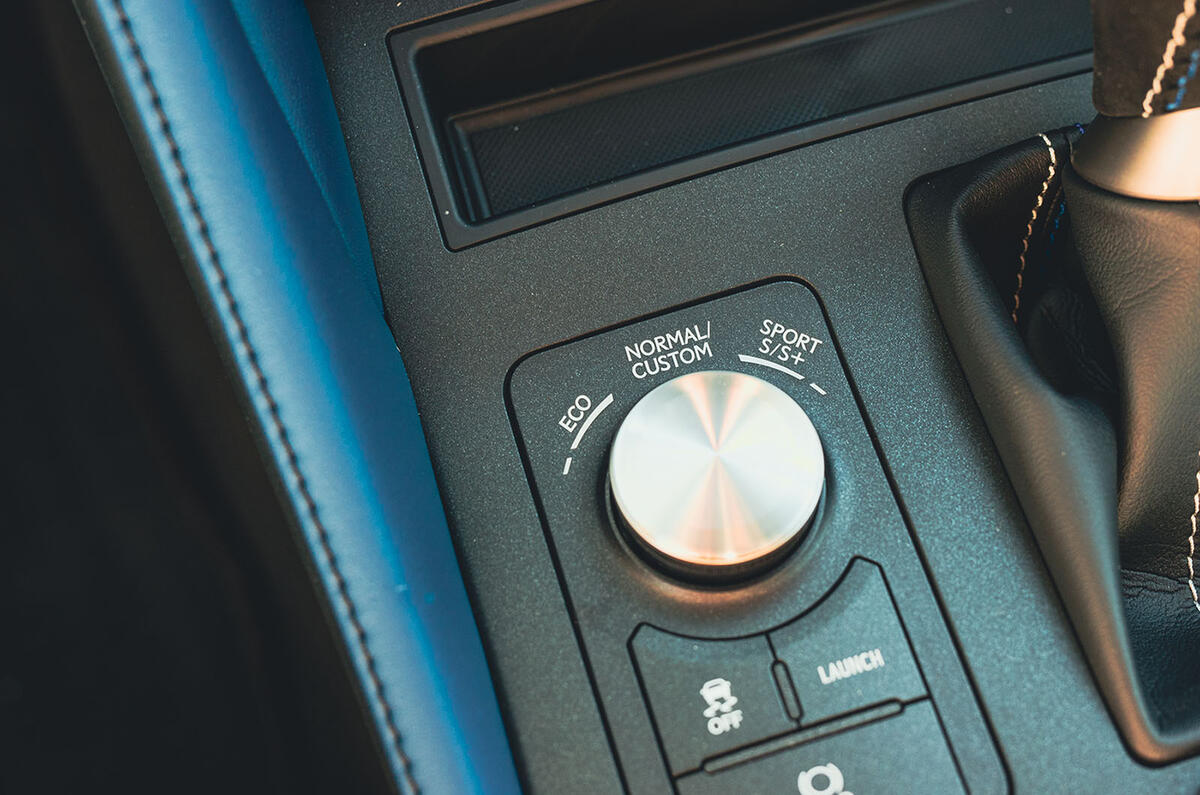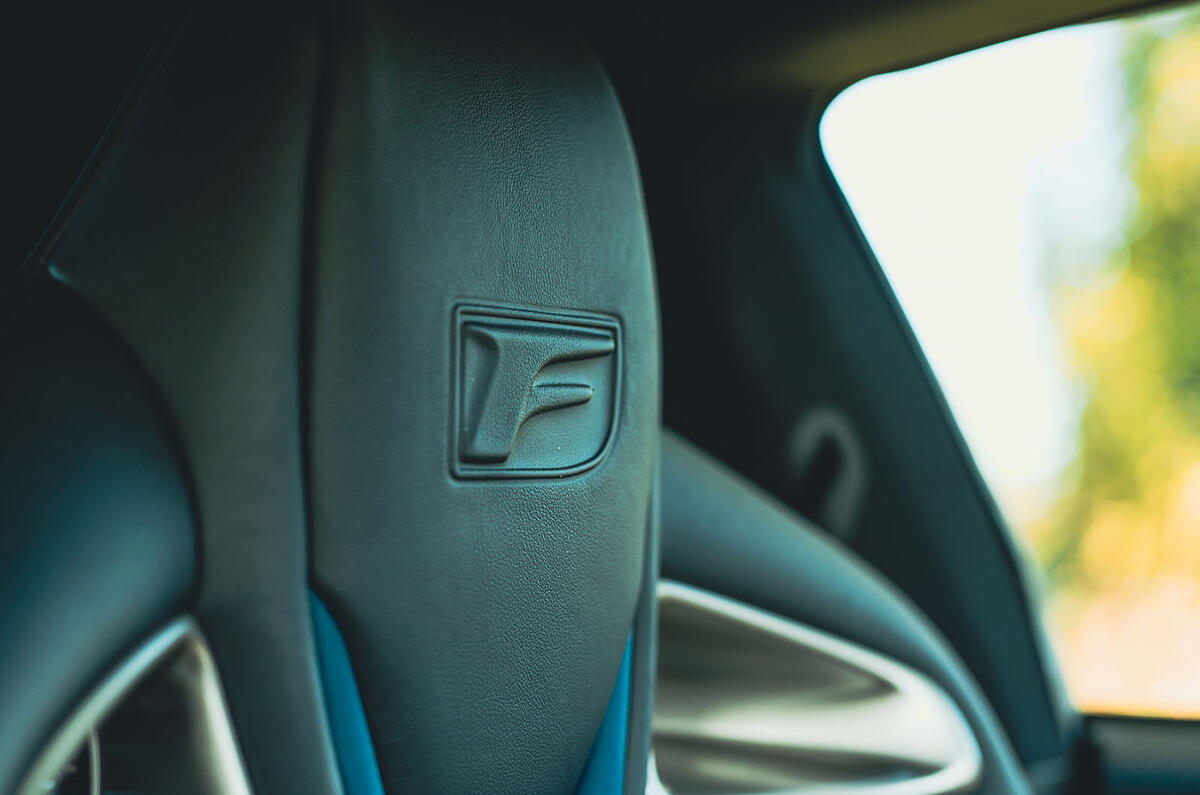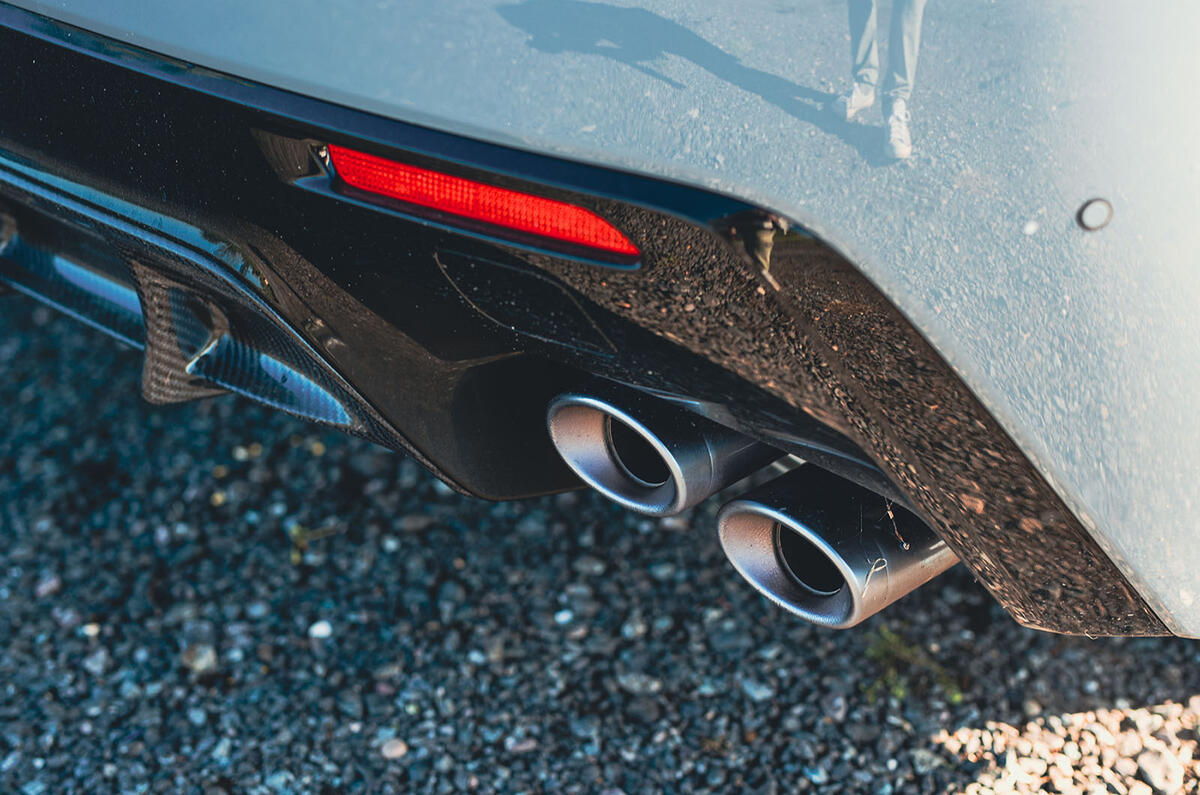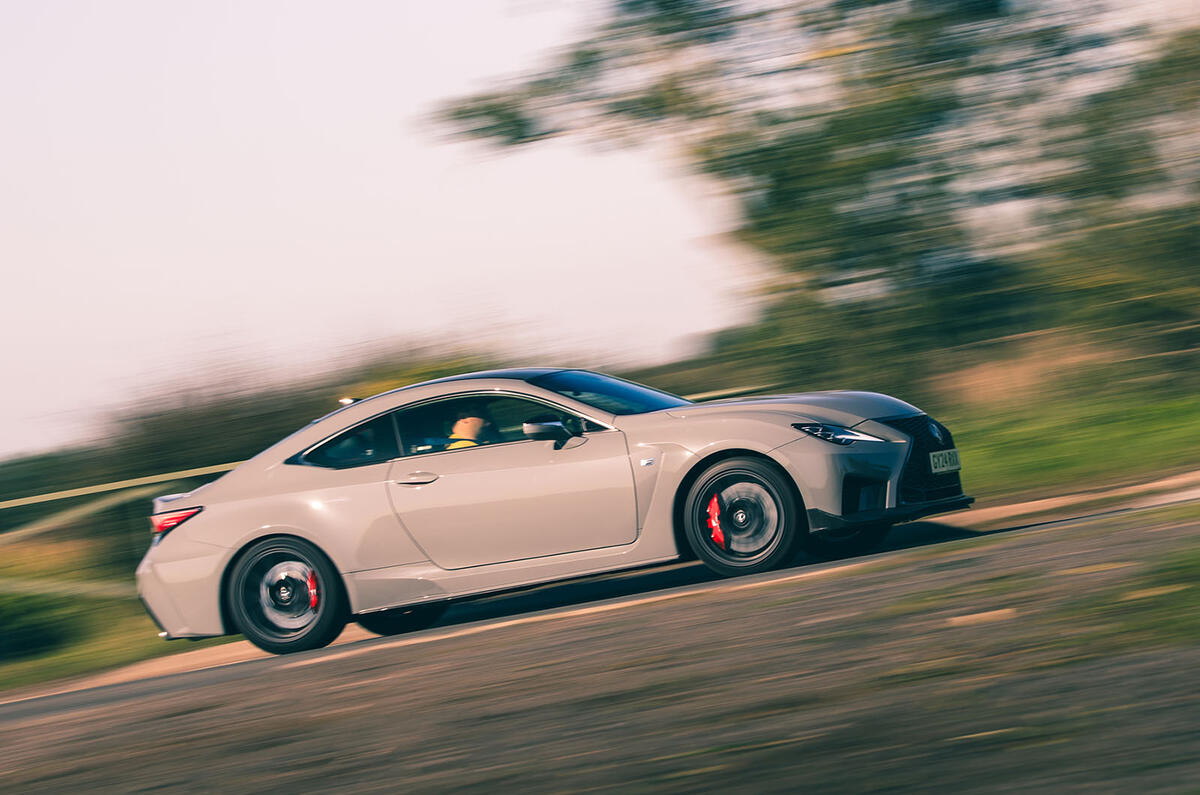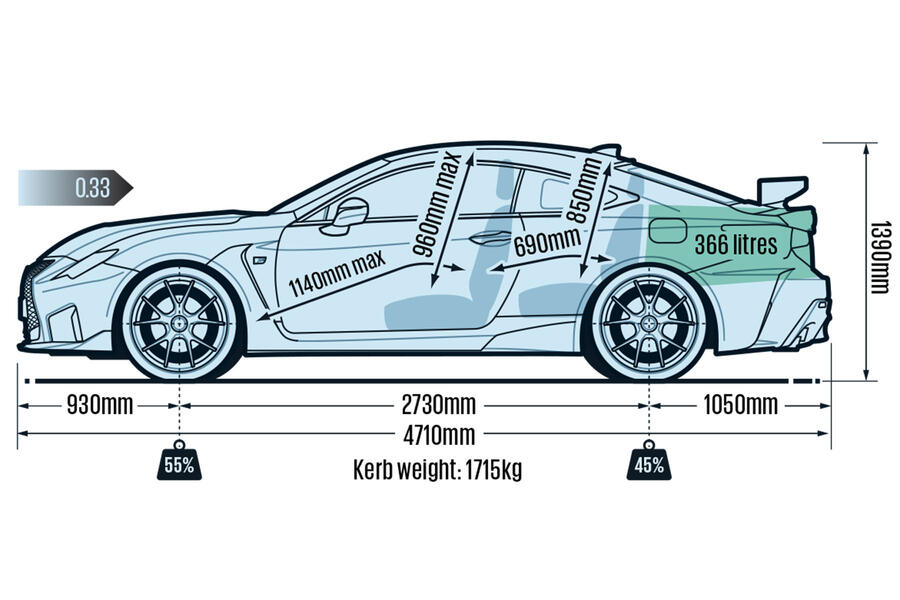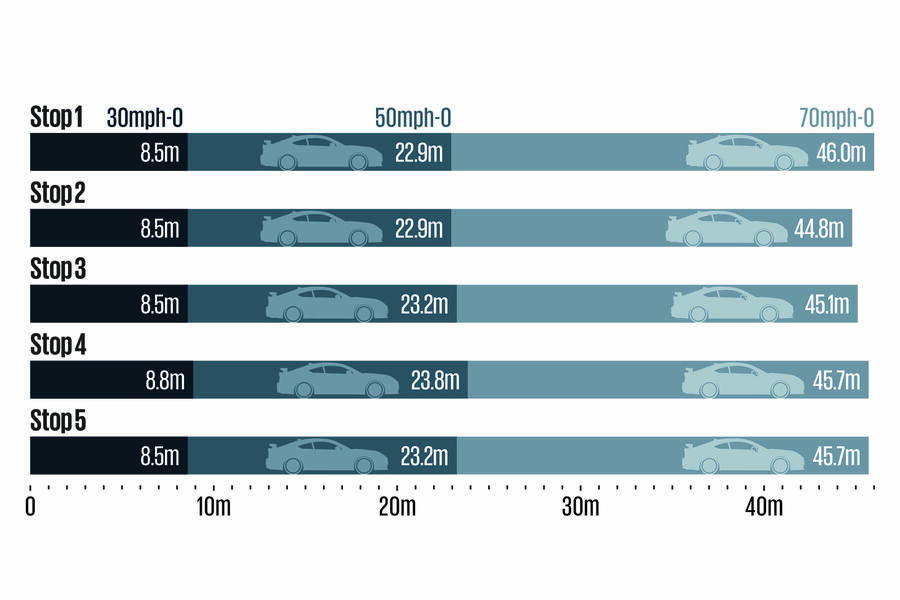The Lexus F-brand performance car as we’ve come to know it – that superbly left-field, one-fingered salute to German performance car hegemony – might now finally be a spent force. With both the IS F and GS F super-saloons fading in the memory, the subject of this road test – the Lexus RC F Ultimate Edition – is a V8-engined full stop of a sort.
For the past 20 years, these cars have been like some wonderfully strange experiment for Toyota’s global luxury brand. Out to forge an alternative path towards an enthusiastic audience, they’ve been entirely undiverted by horsepower races with Munich, Stuttgart or Ingolstadt. They’ve proven, instead, that Lexus knows perfectly well how to build noisy, ebullient, exciting cars: boldly, with commitment – and entirely on its own terms.
What comes next for the Fuji Speedway performance entity, then? There is talk of a son-of-LFA hybrid supercar, and possibly electric models too – but since those won’t be anything like the V8s we’ve come to know, we could hardly let the RC F disappear without a full set of road test performance figures, and one last noisy blast down Horiba MIRA’s mile straights.



